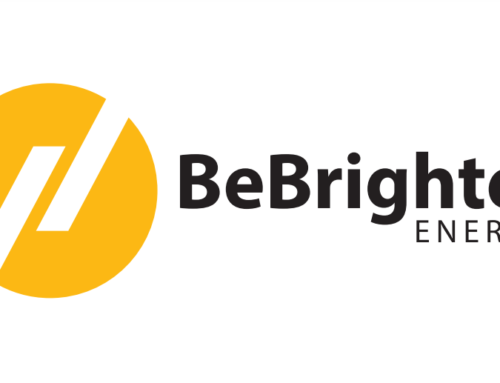Clean Energy Manufacturing Investment Surges by 70% in 2023 Compared to 2022
The latest report from the International Energy Agency (IEA) reveals a significant surge in investment in solar and battery manufacturing, emerging as a potent force driving global economic growth. Titled “Advancing Clean Technology Manufacturing,” this pioneering analysis by the IEA showcases how investment in the manufacturing of key clean energy technologies—solar, wind, batteries, electrolysers and heat pumps—reached $200 billion in 2023, marking a remarkable 70% increase from 2022. This surge contributed approximately 4% to global GDP growth and nearly 10% to global investment growth.
Solar photovoltaic (PV) manufacturing witnessed a more than twofold increase in spending last year, while investment in battery manufacturing surged by approximately 60%. Consequently, current solar PV module manufacturing capacity aligns closely with the requirements projected for 2030 under the IEA’s net-zero emissions scenario. Similarly, for battery cells, inclusive of announced projects, manufacturing capacity stands at 90% of the anticipated net-zero demand by the decade’s end.
The report indicates that a considerable portion of investments in clean energy manufacturing in 2023 is set to materialise soon, with around 40% of these investments allocated to facilities expected to commence operations in 2024. This proportion climbs to 70% for batteries.
Despite this growth, China remains the dominant player in clean energy manufacturing, hosting over 80% of global solar PV module manufacturing capacity. The US and India follow with 5% and Europe lags with merely 1%, a trend expected to persist throughout the decade. However, there’s a prospect for a shift in battery cell manufacturing away from China by 2030, with Europe and the US potentially reaching approximately 15% each of global installed capacity if all announced projects materialise.
New insights derived from plant-level assessments of over 750 factories indicate that China maintains its status as the lowest-cost producer across all clean energy technologies. The construction of battery, wind and solar PV manufacturing facilities in the US and Europe typically incurs costs 70-130% higher than in China. Nonetheless, operational costs—comprising energy, labour and materials—account for the majority (70-98%) of total production costs for these technologies, suggesting that policy interventions could potentially bridge the existing production cost disparities.
Fatih Birol, Executive Director of the IEA, underscores the significance of this trajectory, emphasising the imperative for policymakers to integrate clean energy transitions into their industrial strategies. This report, commissioned by G7 Leaders in 2023, serves as a roadmap to guide policymakers in crafting industrial strategies with a robust emphasis on clean energy manufacturing.


